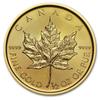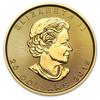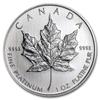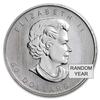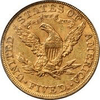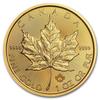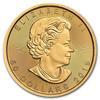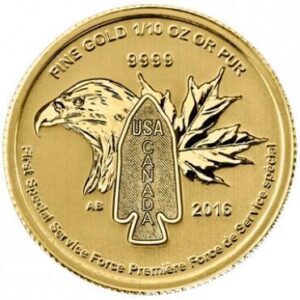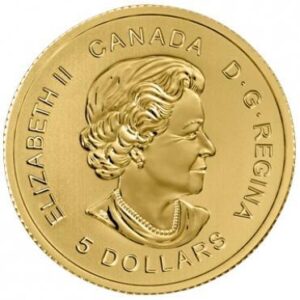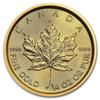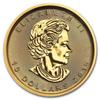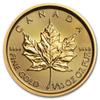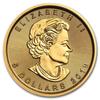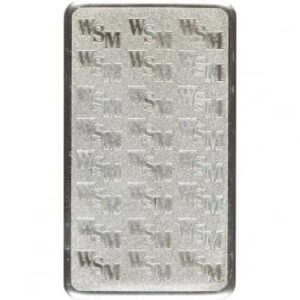View More
Show All Results...
Click to get started or call the number below to speak with one of our Account Executives for more information about availability, pricing, and questions.
In 1849 James B. Longacre designed the first gold dollar. It was authorized by the Act of March 3, 1849. In 1854, Longacre updated the Liberty Head gold dollar (referred to as a Type I gold dollar) to show an Indian Princess, leading to the creation of the Indian Head Type II gold dollar.
The $1 Gold Indian Head Type II – The design of the $1 Indian gold coin mirrors that of the $3 Indian Princess. Both coins are similar in design and have been staples in Goldline client’s orders for many years.
When the $1 Liberty gold coin was redesigned in 1854, the depiction of Lady Liberty evolved and became one of the most iconic gold coins of its time. Before that time the design of the Type I was more closely related to the $20 Liberty which has Lady Liberty surrounded by 13 stars. The new Type II design featured Lady Liberty wearing a Native American headdress surrounded by the words ‘UNITED STATES OF AMERICA.’ A wreath encircles the denomination and date on the $1 Indian gold coin’s back. This wreath is composed of tobacco, wheat, corn, and cotton, the principal cash crops of the time. Gold coins were a commodity traded and bartered for specifically these items when they were in circulation as legal tender. These gold coins retain some collector value since the eradication of the gold standard and the introduction of fiat currencies.
The introduction of the type III was a product of difficulties involved in minting the Type II $1 gold coins. Because of this Longacre chose to redesign the coins entirely and in 1857 the Type III Indian Head $1 gold coins were designed and released for minting. The redesign meant to give the coin a crisper appearance even though the design still mirrored the Type II. This sort of evolution is coin minting is still widely practiced today and mints are keen on ensuring that their designs are of the best quality. If a design isn’t attractive, it may be redesigned leading to inconsistent numbers of coins minted year to year. Miss Liberty is still represented as an Indian Princess but with modifications to her headdress and the size of her head and the details on the wreath, denomination, and the date on the reverse were all enlarged to make them stand out more.
The Type II Indian Head was minted for an extremely limited time between just 1854 and 1856. Updates to the Type III $1 Indian Head resulted in coins that were much more easy to strike in the minting process. The type III $1 Gold Indians were produced then for over thirty years beginning in 1856 and ending in 1889. The gold dollars were minted in numerous places including in Charlotte, Dahlonega, New Orleans, San Francisco and also Philadelphia.
| Size | Purity | Weight | Metal Content | Diameter |
|---|---|---|---|---|
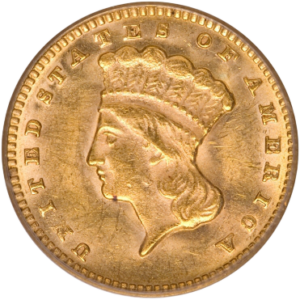 $1 Gold Indian $1 Gold Indian | 90% | 0.0484 oz. | Gold | 13 mm |
Specifications are obtained from sources believed to be reliable. However, Goldline does not guarantee their accuracy.
In 1849 James B. Longacre designed the first gold dollar. It was authorized by the Act of March 3, 1849. In 1854, Longacre updated the Liberty Head gold dollar (referred to as a Type I gold dollar) to show an Indian Princess, leading to the creation of the Indian Head Type II gold dollar.
The $1 Gold Indian Head Type II – The design of the $1 Indian gold coin mirrors that of the $3 Indian Princess. Both coins are similar in design and have been staples in Goldline client’s orders for many years.
When the $1 Liberty gold coin was redesigned in 1854, the depiction of Lady Liberty evolved and became one of the most iconic gold coins of its time. Before that time the design of the Type I was more closely related to the $20 Liberty which has Lady Liberty surrounded by 13 stars. The new Type II design featured Lady Liberty wearing a Native American headdress surrounded by the words ‘UNITED STATES OF AMERICA.’ A wreath encircles the denomination and date on the $1 Indian gold coin’s back. This wreath is composed of tobacco, wheat, corn, and cotton, the principal cash crops of the time. Gold coins were a commodity traded and bartered for specifically these items when they were in circulation as legal tender. These gold coins retain some collector value since the eradication of the gold standard and the introduction of fiat currencies.
The introduction of the type III was a product of difficulties involved in minting the Type II $1 gold coins. Because of this Longacre chose to redesign the coins entirely and in 1857 the Type III Indian Head $1 gold coins were designed and released for minting. The redesign meant to give the coin a crisper appearance even though the design still mirrored the Type II. This sort of evolution is coin minting is still widely practiced today and mints are keen on ensuring that their designs are of the best quality. If a design isn’t attractive, it may be redesigned leading to inconsistent numbers of coins minted year to year. Miss Liberty is still represented as an Indian Princess but with modifications to her headdress and the size of her head and the details on the wreath, denomination, and the date on the reverse were all enlarged to make them stand out more.
The Type II Indian Head was minted for an extremely limited time between just 1854 and 1856. Updates to the Type III $1 Indian Head resulted in coins that were much more easy to strike in the minting process. The type III $1 Gold Indians were produced then for over thirty years beginning in 1856 and ending in 1889. The gold dollars were minted in numerous places including in Charlotte, Dahlonega, New Orleans, San Francisco and also Philadelphia.
| Size | Purity | Weight | Metal Content | Diameter |
|---|---|---|---|---|
 $1 Gold Indian $1 Gold Indian | 90% | 0.0484 oz. | Gold | 13 mm |
Specifications are obtained from sources believed to be reliable. However, Goldline does not guarantee their accuracy.

